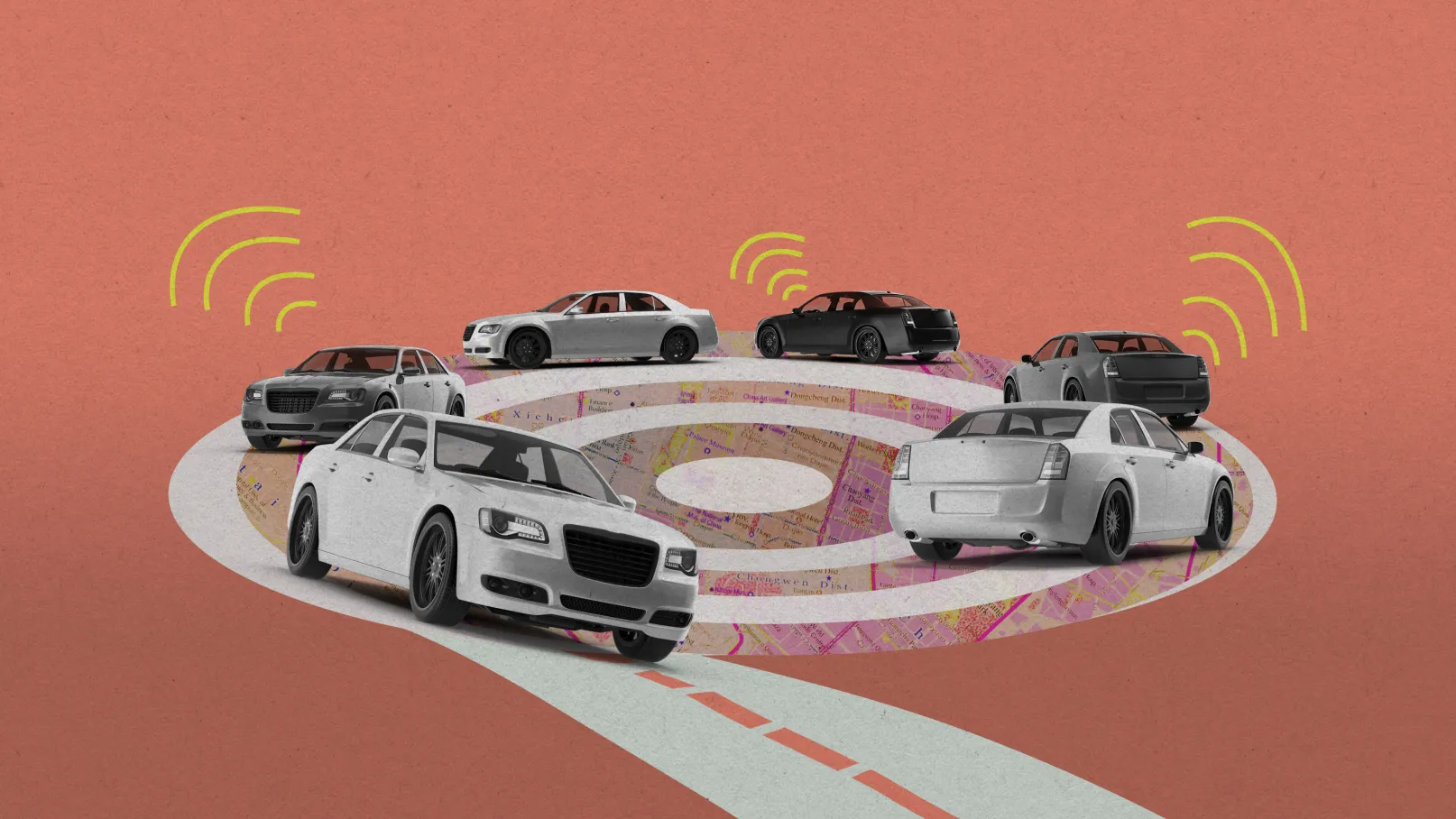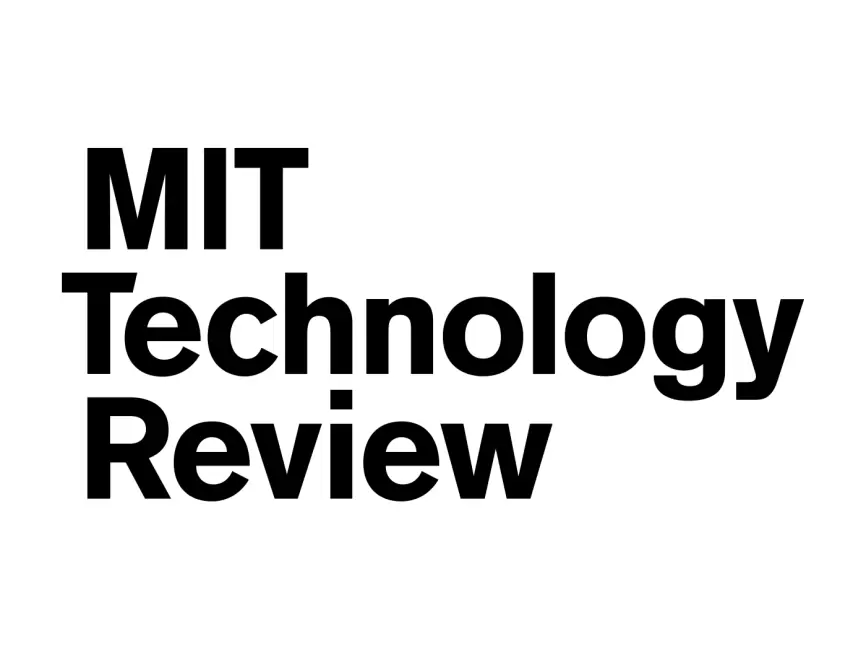
Toward the end of a nearly 15-minute video, William Sundin, creator of the ChinaDriven channel on YouTube, gets off the highway and starts driving in the southern Chinese city of Guangzhou. Or rather, he allows himself to be driven. For while he’s still in the driver's seat, the car is now steering, stopping, and changing speed—successfully navigating the busy city streets all by itself.
“It’s a NOA, [Navigation on Autopilot] function but for the urban environment,” he explains to the people watching him test-drive the XPeng G6, a Chinese electric vehicle model. “Obviously this is much more difficult than simple highway NOA, with lots of different junctions and traffic lights and mopeds and pedestrians and cars chopping and cutting lanes—there’s a lot more for the system to have to deal with.”
His final assessment? The Navigation on Autopilot isn’t perfect, but it’s pretty “impressive” and a preview of more advancements to come.
Beyond a simple product review, Sundin’s video is giving his followers a close-up view into the production race that has sped up among Chinese car companies over the past year. And whether they are electric vehicle makers or self-driving tech startups, they all seem fixated on one goal in particular: launching their own autonomous navigation services in more and more Chinese cities as quickly as possible.
In just the past six months, nearly a dozen Chinese car companies have announced ambitious plans to roll out their NOA products to multiple cities across the country. While some of the services remain inaccessible to the public now, Sundin tells MIT Technology Review “the watershed could be next year.”
Similar to the Full Self-Driving (FSD) features that Tesla is beta testing in North America, NOA systems are an increasingly capable version of driver-assistance systems that can autonomously stop, steer, and change lanes in complicated urban traffic. This is different from fully autonomous driving, since human drivers are still required to hold the steering wheel and be ready to take over. Car companies now offer NOA as a premium software upgrade to owners willing to pay for the experience, and who can afford the premium models that have the necessary sensors.
A year ago, the NOA systems in China were still limited to highways and couldn’t function in urban settings, even though most Chinese people live in densely populated urban areas. As Sundin notes, it’s incredibly challenging for NOA systems to work well in such environments, given the lack of separation between foot traffic and vehicles, as well as each city’s distinctive layout. A system that has learned the tricks of driving in Beijing, for instance, may not perform well in Shanghai.
As a result, Chinese companies are racing to produce more and more city-unique navigation systems before gradually expanding into the rest of the country. Leading companies including XPeng, Li Auto, and Huawei have announced aggressive plans to roll out these NOA services to dozens or even hundreds more cities in the near future—in turn pushing one another to move faster and faster. Some have even decided to release NOA without extra costs for the owner.
“They are launching it quickly in order to create awareness, to try to build credibility and trust among the Chinese consumers, but also, it’s FOMO [fear of missing out],” says Tu Le, managing director of Sino Auto Insights, a business consulting firm that specializes in transportation. Once a few companies have announced their city navigation features, Tu adds, “everyone else needs to follow suit, or their products are at a disadvantage in the Chinese market.”
At the same time, this fierce competition is also having unintended side effects—confusing some customers and arguably putting other drivers at risk. And underneath the automakers’ ubiquitous marketing campaigns, many of these features simply remain hard to access for those who don’t live in the pilot cities or own the high-end models.
Don’t think of it as full self-driving—at least not yet
The autonomous driving industry divides its technological advancements into six levels: from Level 0, where humans control the entire driving process, to Level 5, where no human intervention is needed at all.
There are really only two levels in use today. One is the tech in robotaxis, led by companies like Cruise, Waymo, and the Chinese giant Baidu, which offer Level 4 technology to passengers but are often limited in certain geographical boundaries.
The other level is the NOA system, exemplified by Tesla’s FSD or XPeng’s XNGP. They are only Level 2, meaning human drivers still need to monitor most tasks, but the technology is much more accessible and is now available in auto vehicles sold around the world.
It’s easy to believe that commercially available vehicles are closer to fully autonomous than they actually are, because Chinese car companies have given their NOA products all kinds of misleading or meaningless names:
Li Auto follows Tesla’s tradition and calls it NOA
NIO calls it NOP (Navigate on Pilot) and NAD (NIO Assisted and Intelligent Driving)
XPeng calls it NGP (Navigation Guided Pilot) and more recently XNGP (the “last step before full autonomous driving is realized,” the company says)
Huawei calls it NCA (Navigation Cruise Assist)
Haomo.AI, an AI startup, calls it NOH (Navigation on HPilot)
Baidu calls it Apollo City Driving Max
Confused yet?
Apart from just being hard to remember, the different names also mean a lack of consistent standards. There’s no guarantee that these companies are promising the same things with their similar-sounding products. Some might only cover the major beltways in a city, while others go into smaller streets; some use LiDAR (a laser-based sensor) to help improve accuracy, while others only use cameras. And there’s no standard on how safe the tech needs to be before it is sold to consumers.
“Many such concepts are invented by Chinese companies themselves with no reference or background,” says Zhang Xiang, an auto industry analyst and visiting professor at Huanghe Science and Technology College. “What are the standards for achieving NOA? How many qualifications are there? No one can explain.”
More cities!
Last September, two Chinese companies were racing to be the first to launch a city NOA system in China: On September 17, XPeng, the EV company that has long centered its brand image around the use of AI, managed to win the race by making its product available in Guangzhou. A week later, Huawei—a tech giant that has made smart driving a focus in recent years—launched it in Shenzhen.
But the progress really hit the accelerator in 2023. In January, Haomo.AI, a four-year-old Chinese autonomous driving startup, announced that it would make its city NOA service available in 100 Chinese cities by the end of 2024. Then on April 15, Huawei raised its goal to 45 cities by the end of 2023; three days after that, Li Auto, another Chinese EV company, pushed it further to 100 cities by the end of 2023. XPeng, NIO, and more companies followed soon after with similar announcements ranging in plans to expand to up to 200 cities.
For homegrown EV companies to remain competitive in the market, they are developing Level 2 navigation technology in-house and selling city NOA services as an upgrade to their vehicles; like other advanced features, they often require additional payments every month or year.
At the same time, AI companies are also competing against more conventional automakers, and as they work toward Level 4 or 5 self-driving technology, they still need interim revenue. NOA services can mean quick cash, easy sales, and, crucially, access to more data to train AI models.
“If you are just an autonomous vehicle company, significant revenue is 10 years out,” says Tu. “If you are under pressure from investors to generate revenues today, what do you do? You create incremental revenue through selling your hardware and software stack, or licensing it.”
Tu’s analysis is in line with what Cai Na, Haomo.AI’s vice president, told MIT Technology Review: “We think going the [Level 2] route is more realistic. The L2 technology has already made the breakthrough from being a technology to being a product, and many companies have turned it from just a product to a commercially viable product.”
By Zeyi Yang
Source: MIT Technology Review

